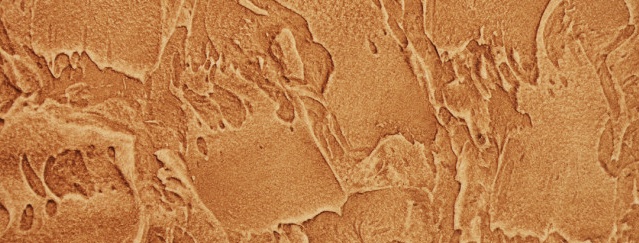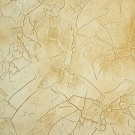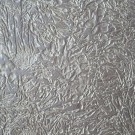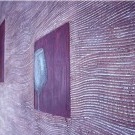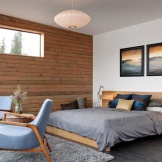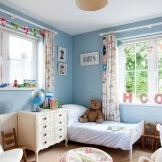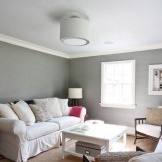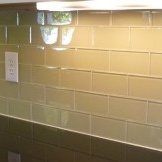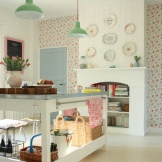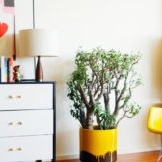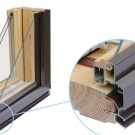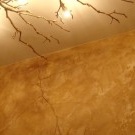Structural plaster
Structural plaster looks like a heterogeneous granular mass with the addition of various small pebbles, granules, quartz, wood fibers, mica, etc. The bonding material may be synthetic latex, potassium silicate or cement-lime mixture, which are water-based or solvent-based. Such stucco is sold in finished form in small buckets or metal cans.
The plaster mass consists of “grains” of various sizes and, accordingly, can be coarse and fine-grained. Their decorative abilities are very different. For example, the fine-grained plaster looks almost even, and with the addition of larger granules, the wall acquires a peculiar texture surface. Of course, a lot depends on the application method, whether it be a spatula, roller or spray.
Plasticity and "obedience" when working with tools are inalienable advantages of the material. Such plaster is perfectly applied to any surface: brick, concrete, wood, drywall, cement, metal, etc. Most often used for decorating bathrooms, halls, ceilings, fences and facades. By the way, if the work takes place inside the house, then it is better to use water-based plaster - it does not smell.
The material is initially available in white, but if desired, you can add pigments of any color and get the desired shade. You can do this procedure yourself, or ask specialists in the store. If you decide to do it yourself, then remember - do not be zealous with pigments. The second option is more practical, because you get exactly the color that you choose from the catalog.
Advantages of structural plaster
- It is applied on almost any surface: cement, brick, wood, metal, drywall, etc. It is used both for external and internal decoration;
- It hides small surface defects: cracks, drops, old paint;
- It is resistant to mechanical damage and high impact resistance;
- Water resistance: the plastered wall is easy to clean with conventional detergents;
- Resistance to temperature extremes from -45 to +70 degrees;
- Allow to create original relief solutions;
- The porous structure allows the wall to "breathe";
- Relatively low cost.
Structural plastering
- First you need to prepare the walls. The surface should be clean and dry, so we remove the old finishing materials: wallpaper, paint, etc. It’s not worth it to perfectly level the wall; instead of us, plaster will do it. The main thing is the absence of large drops and troughs.
- Then apply a primer to the walls. This is done in order to strengthen the surface and protect against swelling and mold.
- Is the primer dry? Great, let's get started. There are many options and techniques for applying a decorative mixture. All of them depend only on your fantasies. For example, to obtain the effect of a scratched wall, you need to buy fine-grained plaster with the addition of large granules, and when applying use a textured roller. And if you want to achieve the effect of a sea breeze, you should use coarse-grained plaster, while you need to apply it with a spatula in circular movements.

